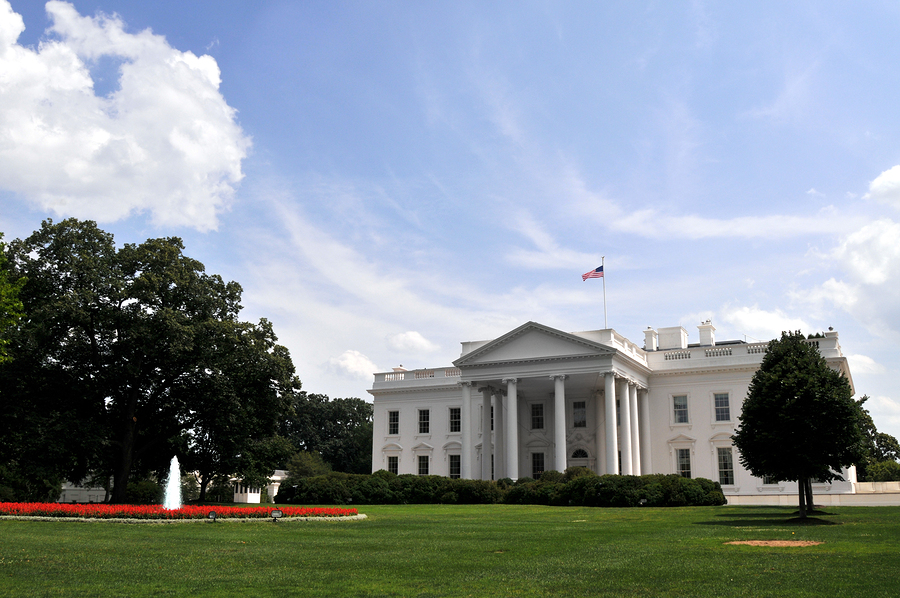
At Gray Line, we love catching up on our history as it reminds us of the rich heritage of our great city. This month marks the anniversary of when the British besieged the city and set it on fire 202 years ago! Not everyone is familiar with the story so we thought we’d mark the anniversary with a brief history lesson on these key events that occurred over two centuries ago.
The story involves the brief occupation of a strategically vulnerable Washington DC way back in 1814. During the war of 1812, American soldiers attacked Canada and began to burn key government buildings. The British took this as a chance to attack a former American colony and selected Washington as their primary target because of the symbolism of importance that shrouded the city. Additionally, the city could be reached from the sea and the American troops could not successfully defend it at that particular time.
The president at the time was James Madison who apparently was aware of the oncoming threat and made plans with his wife Dolley to flee the city if the British attacked. Subsequently, on August 24th, 1814, soldiers from both sets of armies engaged in battle outside the city and the British claimed victory over a highly inexperienced American volunteer force. President Madison and the Secretary of State James Monroe were very nearly captured. The British troops then moved towards the city to take siege and Dolley Madison barely escaped from the White House with the famous painting of George Washington.
It was at this point that the British set fire to the capitol including the White House and other prominent government buildings. They also took time out to finish a meal before they began torching the famous white building. The very morning after the British invaders gathered supplies, including supplies that could also be burned and masses of ammunition. The British forces at this point were planning to lead an exodus out of the city due to information of the Americans amassing a much larger group of forces to return to the city and confront the British.
Strangely enough, an arguably more powerful force began to rise towards the city the very next day – a tornado. On the afternoon of the 25th, a tornado struck downtown Washington DC and more British soldiers were killed from the effects of the tornado than by the guns of the American resistance. The weather lasted for hours killing several and injuring much more. Much of the storm has been recounted in the memoirs of those that witnessed it and in the aftermath and subsequent British departure, the president and the American army returned to the city to witness the destruction left in the tornado’s wake.
The White House was restored and the capitol rebuilt, with the famous Thomas Jefferson donating his book collection to help restock the famous congress library. A mere two weeks later, British forces were foiled in an attempt to invade Baltimore. It’s safe to say that this period of American history was fraught with danger!